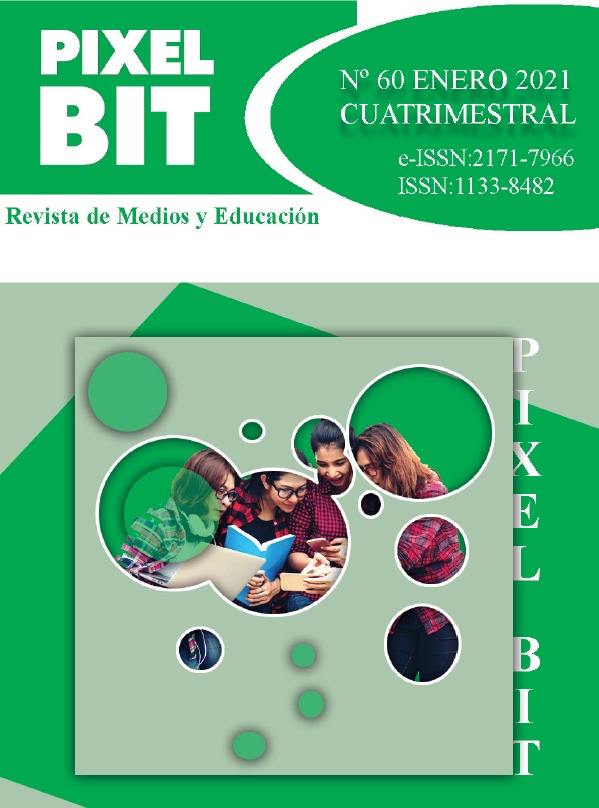Abstract
Se estudian los registros de datos generados por estudiantes de tres titulaciones distintas de dos universidades, en cuatro cursos académicos, a través de sus campus virtuales. La metodología ha considerado el análisis estadístico exploratorio y las analíticas de aprendizaje, especialmente la minería de datos, para la detección de patrones de espaciales, temporales y de comportamiento. Los resultados han mostrado una convergencia consistente en la mayoría de casos, si bien ha evidenciado tendencias marginales de comportamiento para los días de la semana, las horas del día, y distintos contenidos de los campus virtuales. Ha permitido discriminar algunas diferencias en los procesos de distribución y concentración espacial: las mujeres no se mueven de la misma forma que los hombres y presentan diferencias secundarias en la gestión del tiempo. En última instancia, el estudio plantea nuevas formas de sinergia entre el trabajo educativo y la aplicación de los contenidos disciplinares de las Ciencias Sociales; fortaleciendo así la transferencia del conocimiento desde las didácticas específicas tanto sobre el currículo educativo como en la formación del profesorado.

This work is licensed under a Creative Commons Attribution-NonCommercial-NoDerivatives 4.0 International License.
Copyright (c) 2021 Pixel-Bit. Media and Education Journal

